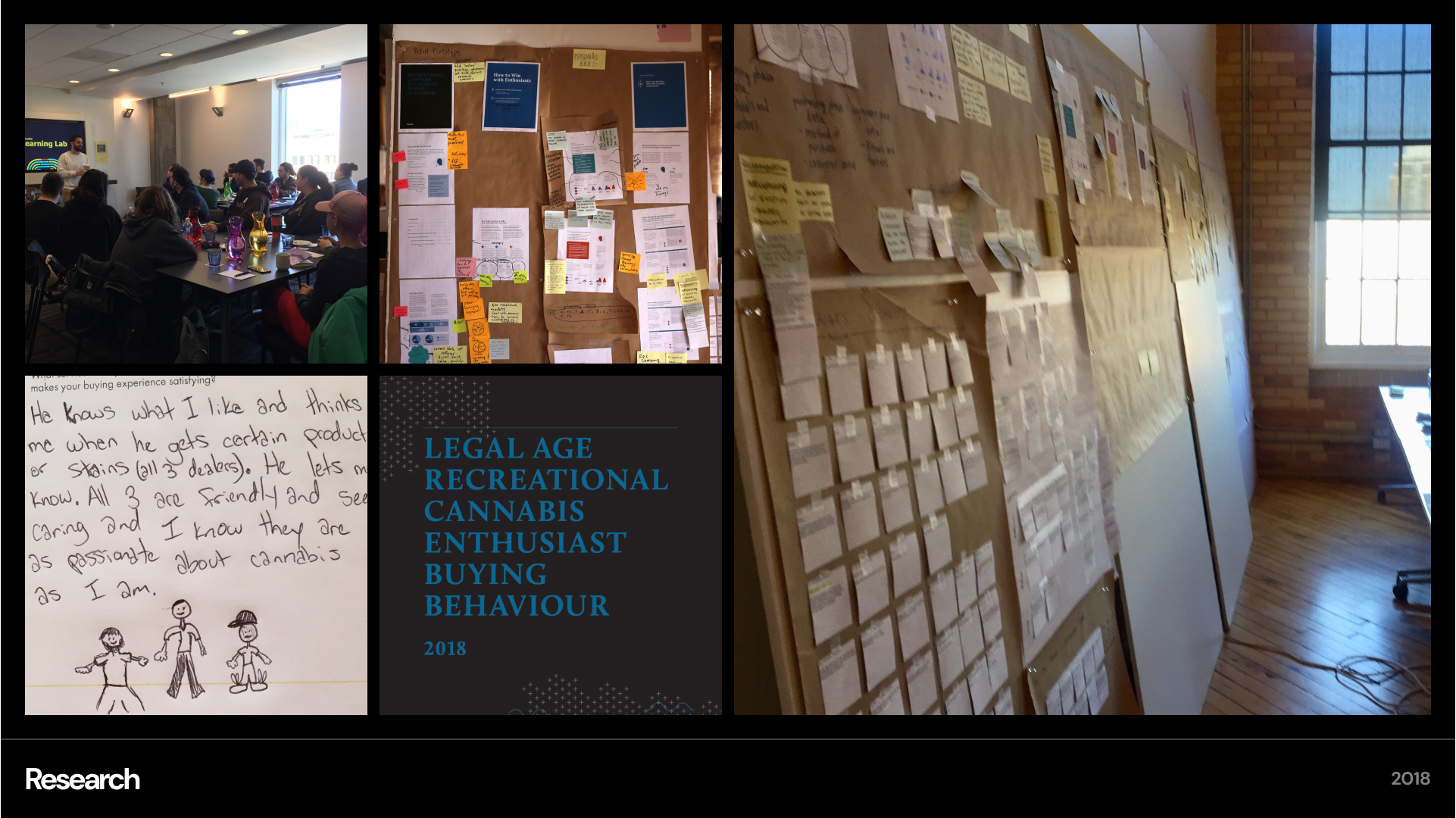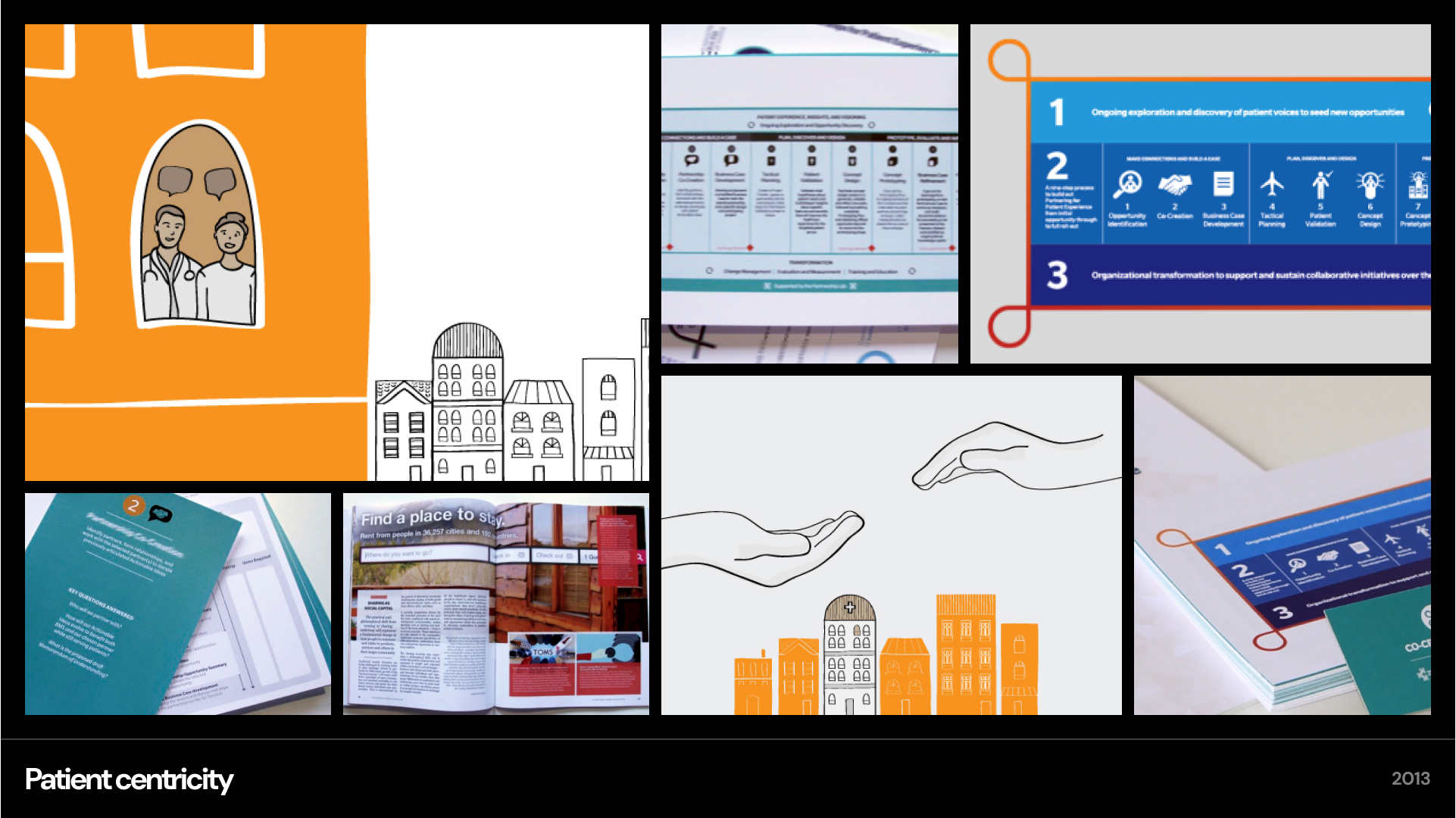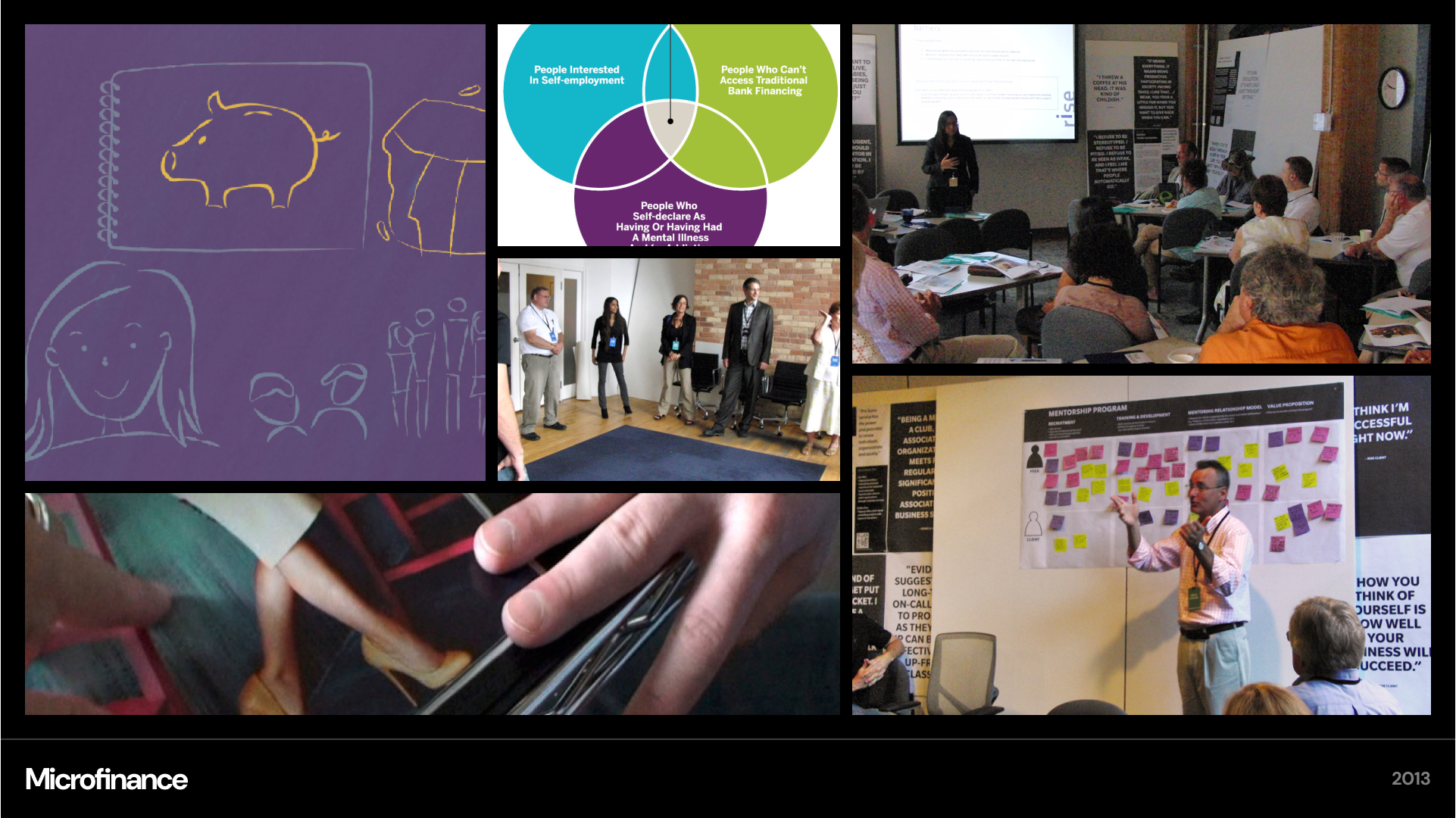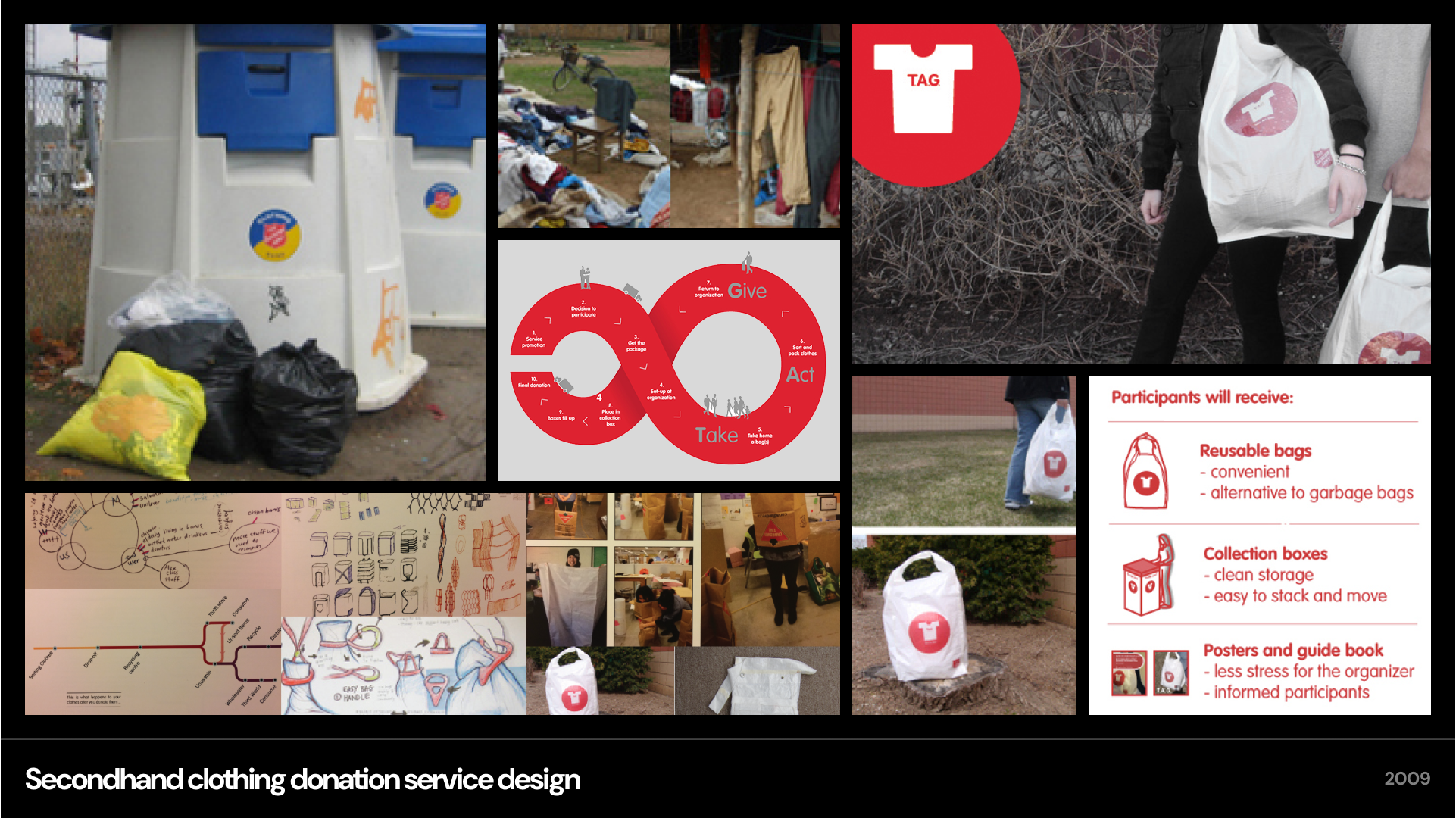
Service design | Dec 2023-Mar 2024
As a long-term effort to achieve carbon neutrality, a regional government required that public sector organizations report yearly greenhouse gas (GHG) emissions. Yet the process of reporting was difficult for organizations that lacked dedicated staff and resources to do this kind of detailed reporting. I was contracted by the government as a service designer to learn about, and visualize, the reporting workflow and experience of public sector employees using the emissions reporting tool. It was my responsibility to detail out my specific contribution within the broader program and develop a research plan with a discussion guide for conducting research. I tested the tool myself and reviewed past surveys. After leading the recruitment of 16 research participants and 10 workshop participants, I conducted the research and synthesized the data, resulting in a report, service blueprint, and executive presentation with recommendations. The final deliverable was a formal presentation to the broader government team.

Design research | April - May 2018
Cannabis was legalized in Canada in October 2018. Prior to that date, there was a great deal of uncertainty as to whether existing cannabis consumers would convert from the black market to the legal recreational market. Legal aged cannabis enthusiasts (those who consumed at least daily) accounted for up to 70% of consumption by weight, yet there were many barriers preventing cannabis enthusiasts from making the switch to the legal market. An initial study to understand why was conducted in Toronto. I then co-led a research project that would extend this research across Canada. Four in-person sessions were conducted in Halifax, Winnipeg, Calgary, and Vancouver with cannabis enthusiasts to understand their planning, purchasing, and enjoyment rituals. In each session, participants completed a series of templated activities and group discussions on factors used to assess quality and gather their opinions on product communications and online shopping needs. The outcome was an updated insights report used to educate large cannabis retailers across Canada on what barriers may exist for enthusiasts when transitioning into the legal recreational market.

Project lead & design | 2017
Credit unions are similar to commercial banks in terms of services except that they operate on a cooperative model where members all have a stake in the company and get to vote on decisions. Focusing on member and employee experience provides a competitive edge as credit unions often lose ground in areas of residential mortgages and business offerings. A large credit union sought to understand how members and employees perceived banking and what the definition of financial well-being meant to them, beyond wealth. I led a research workstream to map out current and future state experiences of financial members, and identified opportunities to improve those experiences. I prepared training materials for internal employees to conduct semi-structured interviews and ran a digital diary study. I also facilitated client and member facing workshops including a kick-off, co-creation, and iteration labs to identify constraints preventing financial well-being. The final deliverable included eight journey maps across four customer segments that were used to support decision-making for future initiatives, giving a voice to end users. They were also used as input for a broader workstream to develop a strategic framework.

Designer | 2016
Patient self-monitoring of complex diseases is a healthcare issue that deserves more attention as patients who must self-monitor their own symptoms are often not set up for success. Failures in self-monitoring can lead to high readmission and mortality rates, driving high costs to the healthcare system. I collaborated with a biomedical communicator to research and propose a new self-monitoring service. This service reimagined how we might address the wider range of needs, capabilities, and motivations of patients with today’s standard self-monitoring procedures, while being flexible enough to integrate within the infrastructure of a patient’s entire care network. A service blueprint along with a pitch booklet was created and shared out as a way to inform about this particular issue and demonstrate the service design process.

Design and facilitation | 2013
The US healthcare landscape was undergoing a shift towards value-based approaches to care where success would be measured around keeping a patient holistically healthy, rather than the current fee-for-service model. In practice, this would require a radical shift from the traditional way organizations think about patients. The project goal was to define patient centricity and develop an approach to patient engagement that could be implemented across an entire organization. My contribution as a designer included project branding and visual communications, as well as participation in research and synthesis, workshop design and facilitation, and the overall design and development of a strategic framework. The impact of the project led to over 30 patient initiatives. Most notably, it led to the development of an open source set of design principles and resources to help people communicate with patients about complex topics.

Designer | June-Sep 2013
Microfinance is a form of financial loaning available to those who lack access to traditional banking services. However, building a microfinance organization to support entrepreneurs with mental illness and addictions comes with unique considerations. The number of clients taking on loans at one particular organization was dwindling and it was unclear why. They wanted to apply design thinking as a methodology to reimagine their service offering. As a designer on the project, I prepared visual assets for workshops and meetings, and supported the design of new service ideas based on research findings. Aspects of the organization were revised including restructuring program governance, customizing the communications, and refining an existing mentorship program to follow a more peer-to-peer model.

Design student | 2009
Dropping off used clothing into a charity bin is generally considered to be an act of goodwill. Yet people are not always aware of the business of reselling old clothes at a mass scale. As my undergraduate thesis, I proposed a project to understand the local and global journey of secondhand clothes, and designed a clothing donation service that would promote a more dependable and socially-minded way of donating old clothes. The solution that was called Take. Act. Give. (T.A.G.) would equip large group organizations (i.e., offices, community centres) with a donation kit that allows local organizers to easily run an effective clothing drive for a specific charity organization where they know exactly what happens to the clothes. The kit would include reusable bags, temporary collection boxes, along with posters and educational materials. This project won the industrial design program medal and top prize at the Association of Chartered Industrial Designers of Ontario’s (ACIDO) annual Rocket Industrial Design Competition. It was also displayed at the Socially Responsible Design Exhibit at Toronto Pearson International Airport.